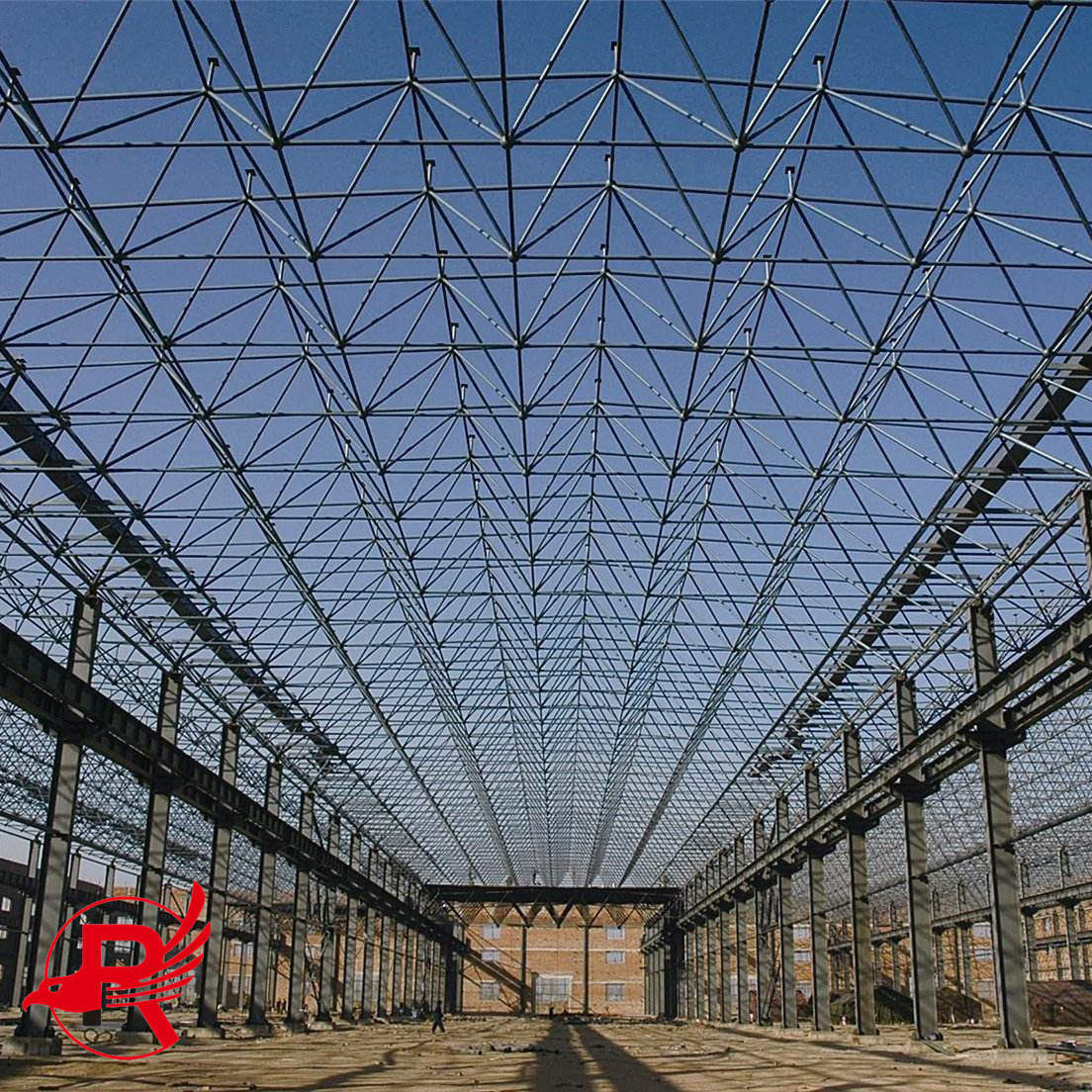The rise and development of steel structure buildings is an important achievement in the history of architecture, marking the progress of construction technology and the acceleration of modernization. At the end of the 19th century, with the advancement of the industrial revolution and the continuous maturity of steel production technology, steel structure began to be gradually applied to the construction field. Early examples, such as the Eiffel Tower in Paris in 1889 and the flat-topped Tower in New York in 1902, demonstrated the potential of steel in construction and greatly changed the form and structure of buildings.
In the 20th century, especially after World War II, steel construction ushered in an explosive development. With the acceleration of urbanization and economic recovery, the demand for high-rise buildings and long-span structures is increasing. Because of its advantages of high strength, light weight and fast construction speed, steel structure has become the preferred material for high-rise buildings, stadiums and large commercial facilities. During this period, many iconic buildings were built, such as the Sears Tower in Chicago and the World Trade Center in New York. These buildings not only break the limits of traditional building height, but also redefine the city skyline.
With the passage of time, the design and construction technology of steel structure buildings is also constantly innovative. The emergence of new steel and connection technologies has made the design of buildings more flexible and versatile, able to meet the needs of different functions and aesthetics. At the same time, the performance of steel structure in seismic and fire resistance has been significantly improved, meeting the higher requirements of modern buildings for safety.

In the 21st century, the concept of green building has gradually risen, promoting the combination of steel structure buildings and sustainable development. Many projects are starting to use recycled steel and adopt low-energy designs to reduce their environmental impact. In addition, the development of intelligent building technology has also brought new opportunities for steel structure buildings, improving the efficiency and comfort of buildings through intelligent management.
In general, the rise and development of steel structure buildings not only reflects the progress of construction technology, but also reflects the changes of social economy. From their initial experimental structures to today's iconic skyscrapers, steel structures have become an essential part of modern cities. In the future, with the continuous progress of science and technology and the diversification of construction needs, steel structure buildings are expected to continue to evolve and meet new challenges and opportunities.
Address
Bl20, Shanghecheng, Shuangjie Street, Beichen District, Tianjin, China
Phone
+86 13652091506
Post time: Feb-17-2025


